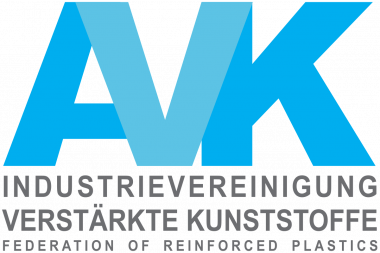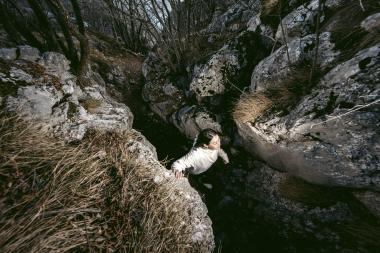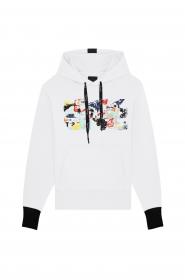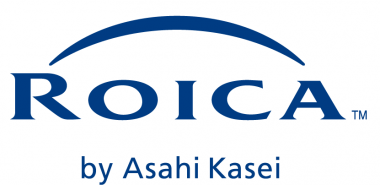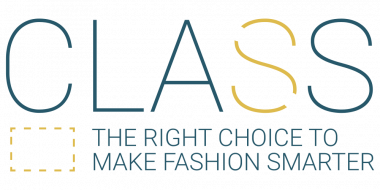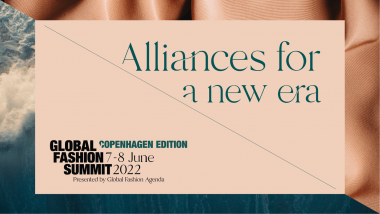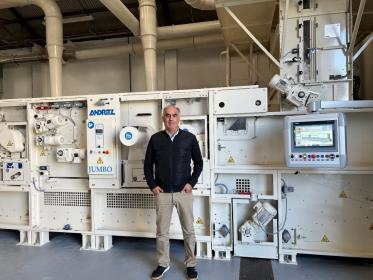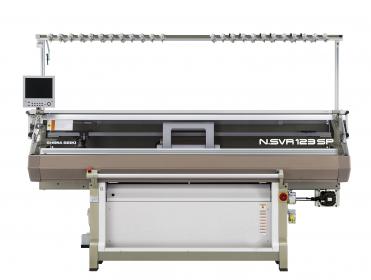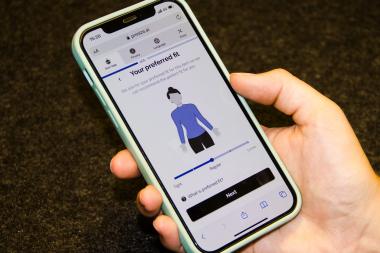Lenzing Group with strong operating result in 2021
- Revenue and earnings performance significantly improved despite considerable cost increases
- Successful production start at world’s largest lyocell plant in Thailand
- Imminent start-up of world’s largest pulp mill of its kind in Brazil
- Lenzing recognized as “sustainability champion” several times worldwide – one of only 14 companies awarded “AAA” rating by CDP
- New, innovative reporting methods – Lenzing presents its online annual report for the first time
Thanks to its strategic focus on wood-based specialty fibers and the predominantly positive market environment, the Lenzing Group recorded a significantly improved revenue and earnings performance in 2021 compared to the previous year. Increasing optimism in the textile and apparel industry as a consequence of the progress made with vaccinations and the continuing recovery in the retail sector ensured a strong rise in demand and prices on the global fiber market, particularly at the beginning of the reporting year.
Lenzing AG
















